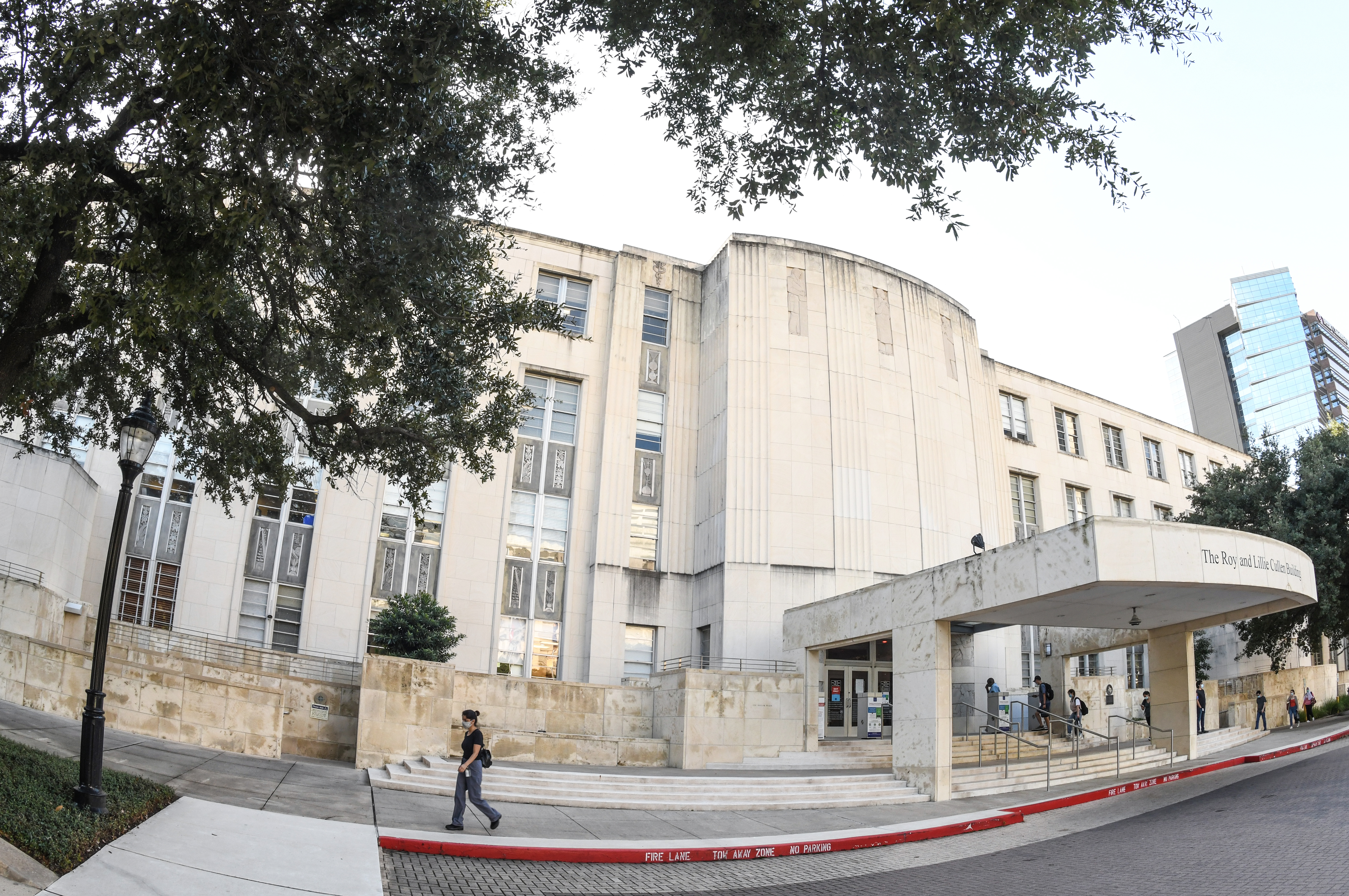More people are discovering the magic of Minjerribah (North Stradbroke Island), with the latest visitor research showing that annual tourism numbers have grown by more than five per cent.
Tourism Industry Development Minister Kate Jones said about 375,000 people visited the island in 2018, up from an estimated 350,000 people in 2017 – revealing growing awareness of the island as a stunning eco-tourism destination.
Ms Jones said new visitors were also spending more, with median spend up 20 per cent to $120 per day for day trippers and up 10 per cent to $172 per day for overnight visitors.
“This is one of the most beautiful places in the world – that’s why tourism makes sense for North Straddie,” she said.
“We’ve been working closely with Cameron Costello and his team at QYAC to promote Minjerribah as a world-class tourism destination. It’s great to see that work starting to pay off.
“We’re investing in new attractions and programs to make sure these numbers continue to grow in the future.”
Ms Jones said the University of Queensland research showed that repeat visitation was at an extraordinary 79 per cent.
“That means when people get a taste of what North Straddie has to offer, they’re keen to come back again and again,” she said.
“Families remain the island’s biggest market, with more than 48 per cent of visitors identifying as ‘full-nesters’. The main reasons they come is to visit the beach, view wildlife and hit the waves for a surf or a swim.”
Domestic tourists made up more than 95 per cent of visitors – of these, more than 72 per cent came from a 50km radius.
“The LNP cut funding for tourism projects on North Straddie – setting the economic transition back years. After re-starting the ETS, we’re starting to see a difference,” Ms Jones said.
The Palaszczuk Government is investing $24.75 million in more than 20 projects to support the economic transition of the island from its traditional reliance on sandmining to a brighter future as a globally recognised cultural and eco-tourism destination.
Minister for Employment and Small Business and Minister for Training and Skills Development Shannon Fentiman said attracting more tourists was important to jobs growth in the region.
“Tourism is the island’s largest employer, and this growth and the employment and business opportunities it brings will be welcome news to many island residents and families,” she said.
Quandamooka Yoolooburrabee Aboriginal Corporation CEO Cameron Costello said Minjerribah is one of the most beautiful places on earth, with world heritage values, and today’s visitors respect its environment and culture.
“We have noticed that recent visitors to the island, our guests, are better respecting the environment and our culture – treading lightly on the land and, as they say, leaving nothing but happy memories,” Mr Costello said.
“As we move into this new era of sustainable tourism, we will get the balance right between protecting our environment and culture and creating a strong economy.
“The Quandamooka people, as Traditional Owners, are committed to working with business, government and the community to get this balance right.
“Minjerribah has been a natural and cultural sanctuary for thousands of year, and will remain that way for thousands more.”
UQ Business School Associate Professor Dr Pierre Benckendorff said the island continues to attract local families, who keep going back every year for their annual family holiday.
“People are really looking to spend time with their family to recharge the batteries,” Dr Benckendorff said.
“Minjerribah is also attracting its fair share of first time visitors, and many of these are surprised by the fantastic beaches, whale encounters and nature-based experiences.”
“Our research shows that there is a growing appetite for local cultural experiences, including indigenous tourism, markets, festivals and events.
“If we understand who the visitors are and what they want, we can create long-term employment opportunities that promote sustainable economic growth while also protecting the island’s natural and cultural heritage.”







